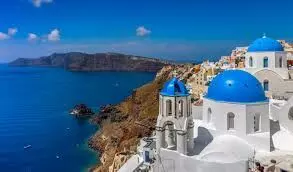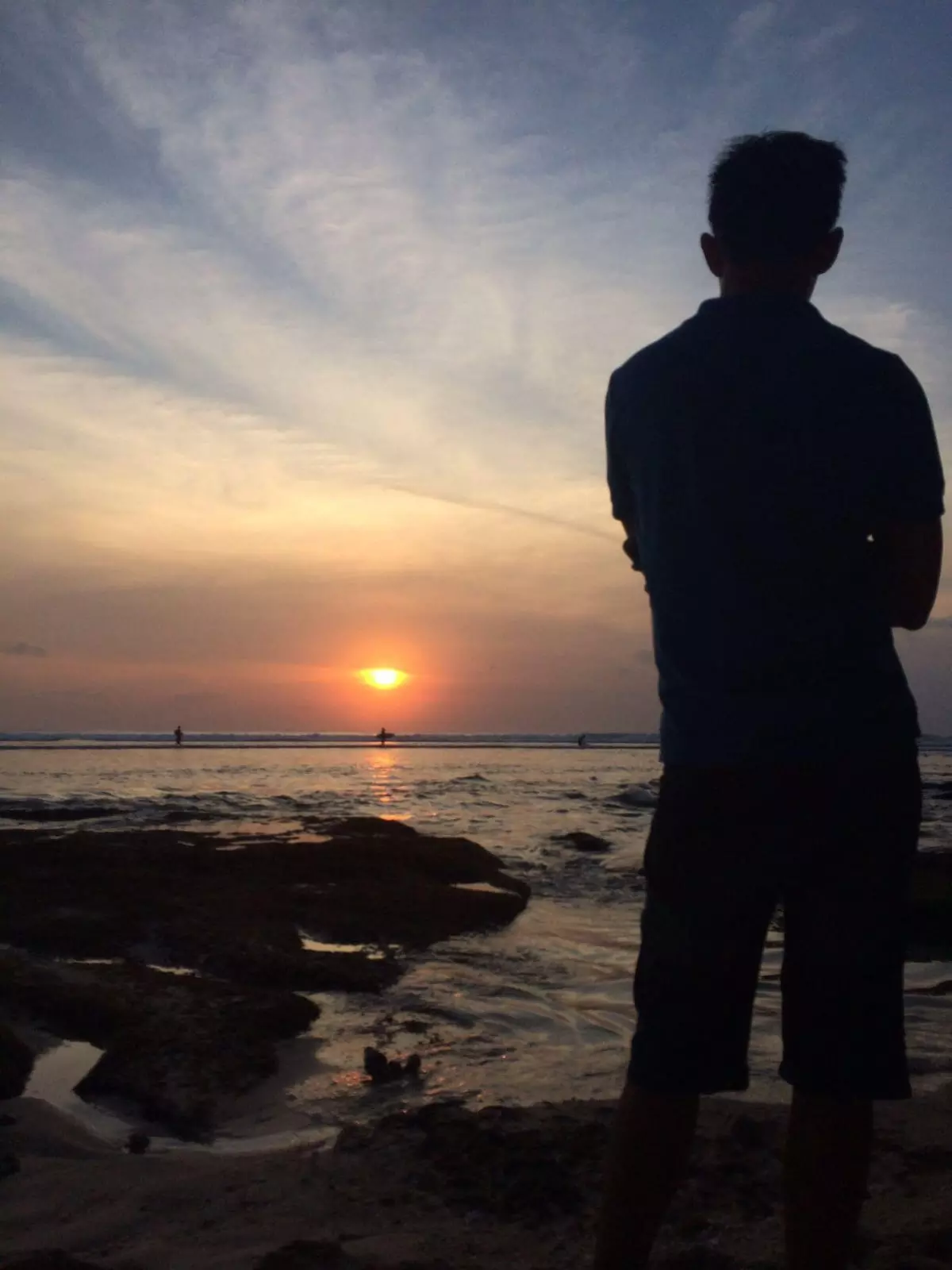TRENDING TAGS :
Santorini Island: The Astonishing Story of a Volcanic Land
Discover the magic of Santorini, a volcanic Greek island known for breathtaking sunsets, cliffside towns, colorful beaches, and ancient history.
The island of Santorini was born from a cataclysmic volcanic eruption around 1600 BCE, historically known as the Minoan Eruption. This explosion shattered the island into fragments and formed a massive caldera, which remains the most iconic geographical feature of Santorini today. It is considered one of the largest volcanic eruptions in recorded history.
Historical Significance
Located in the southwestern part of Santorini, the ancient town of Akrotiri is believed to have been a part of the Minoan civilization. Covered entirely by volcanic ash, its buildings, pottery, frescoes, and roads have been remarkably preserved. Akrotiri is often referred to as the “Pompeii of Greece”, drawing parallels with Italy’s buried city of Pompeii.
Medieval to Modern History
Santorini saw the reign of the Romans, Byzantines, and Ottomans before becoming part of modern Greece in the 19th century. World War II and subsequent natural disasters impacted life on the island. However, since the 1970s, tourism has transformed Santorini, placing it on the global map.
Geography and Formation
Santorini is part of Greece’s Cyclades archipelago. It was shaped approximately 3600 years ago by a giant volcanic eruption. The island is built around the edge of a massive volcanic crater (caldera).
Key Components of the Archipelago
-
Main Island: Santorini or Thira
-
Other Islands: Thirasia, Nea Kameni, Palea Kameni, and Aspronisi
-
Main Towns: Fira, Oia, Imerovigli, and Finikia
Santorini’s unique structure—cliffside homes, steep rock faces, and ocean-facing valleys—adds immensely to its charm.
Climate and Seasons
Santorini has a Mediterranean climate:
-
Summer (May to September): Hot and dry, 25–35°C
-
Winter (November to March): Mild with some rain, 10–20°C
-
Best Time to Visit: April to October
While summer sees heavy tourist traffic, spring and autumn offer a quieter, more pleasant experience.
Natural Beauty and Sunset Views
People from around the world flock to the village of Oia to witness its legendary sunsets. As the sun dips into the Aegean Sea, the sky explodes with hues of pink, orange, and purple. This moment is so celebrated that tourists arrive hours in advance to find the best viewing spots.
Unique Beaches
Santorini’s beaches are unlike typical sandy shores. Due to volcanic activity, the sand comes in striking colors:
-
Red Beach: Formed from red volcanic rock
-
Black Beach (Perissa and Kamari): Composed of black ash and lava
-
White Beach: Surrounded by white rocks and pebbles
Architecture and Lifestyle
One of Santorini’s most fascinating features is its cave houses, carved into volcanic rock. These homes remain cool in summer and warm in winter, and many have now been converted into luxury hotels known worldwide.
Religious Heritage
Santorini is home to over 600 churches, with iconic blue domes, whitewashed walls, and tall bell towers. These churches are mostly of the Greek Orthodox faith and form a defining part of the island’s identity.
Agriculture and Wine
The island’s volcanic soil produces unique grapes. The signature wine is Assyrtiko, acclaimed for its exceptional quality. Traditional winemaking techniques and the mineral-rich soil give Santorini wine its distinct flavor.
Traditional Donkey Rides
Stairs lead to the town of Fira, and many tourists still enjoy the traditional donkey ride up the path. While cable cars are now available, the donkey ride remains a charming part of the experience.
Festivals and Celebrations
A highlight is the Ifestia Festival held in August, recreating the ancient volcanic eruption with fireworks, music, and traditional dance, making it a spectacular cultural event.
Water Crisis and Solutions
Santorini receives very little rainfall and has no natural freshwater sources. The island relies on filtered seawater and rainwater harvesting systems to meet its needs.
Luxury and Tourism
Santorini is ranked among the world’s most luxurious destinations. Some hotels with Caldera views charge ₹50,000 to ₹3,00,000 per night. It’s a top choice for honeymooners due to its breathtaking beauty and romantic ambiance.
Social Media Fame
With millions of photos under the hashtag #Santorini, it is a dream for photographers. The island’s scenic beauty makes it one of the most photographed places on Instagram.
Link to Atlantis?
Some historians believe that the legendary Atlantis described by Plato might refer to Santorini, citing:
-
The massive volcanic eruption
-
The island’s submersion under the sea
-
The advanced civilization of Akrotiri
Cuisine and Local Food
Santorini’s cuisine reflects Greek culture, but the volcanic soil gives its produce unique flavor:
-
Fava: A dish made from yellow split peas
-
Tomatokeftedes: Tomato fritters
-
White Eggplant: A local specialty
-
Santorini Wine: Especially Assyrtiko, from drought-resistant grapevines
Culture and Traditions
Santorini maintains its Greek cultural roots with traditional festivals, music, dance, and religious rituals. Popular events include:
-
Easter Festival: Celebrated with songs, dances, and feasts
-
Ifestia Festival: Commemorates the volcanic eruption with fireworks and performances
Local Lifestyle and People
The locals are friendly and hospitable, relying on tourism, fishing, wine production, and handicrafts for livelihood. The island’s clean and colorful streets captivate tourists.
Risks and Challenges
-
Volcanic Activity – Santorini is part of an active volcanic zone. The last eruption occurred in 1950, and the volcano is under constant scientific observation. Steam vents can still be seen on Nea Kameni and Palea Kameni.
-
Earthquakes – Being on a tectonic boundary, minor tremors are common. Modern construction, however, ensures earthquake-resilient structures.
-
Overtourism – The summer surge in tourists strains resources and infrastructure, causing water shortages, waste management issues, and rising costs.
How to Reach Santorini
-
By Air: Direct flights from Athens, approximately 45 minutes
-
By Sea: Ferries from Piraeus Port (Athens) take 5–8 hours
Accommodation
Santorini offers everything from budget to ultra-luxury hotels. Properties in Oia and Fira provide direct caldera views. Traditional cave houses have been turned into hotels, offering a unique living experience.
Santorini: A Destination of Honeymoon and Romance
Santorini is regarded as one of the most romantic places on Earth. Its sunsets, sea-facing hotel rooms, and Greek melodies over dinner create a perfect honeymoon paradise.
Santorini in Films and Photography
Santorini has featured in numerous Hollywood and European films. With its whitewashed homes and blue-domed churches, it ranks among the most shared locations on social media. Some historians and scientists still speculate that Plato’s mythical Atlantis could be Santorini.
Why Visit Santorini?
Santorini is not just an island—it’s an experience. A blend of history, nature, culture, and luxury, it offers something for everyone. Whether you’re a history enthusiast, nature lover, or seeking a peaceful getaway, Santorini is nothing short of a dream. It reveals the mysteries of volcanoes, serves as a symbol of love, and shows us how powerful and awe-inspiring nature’s forces can be.


